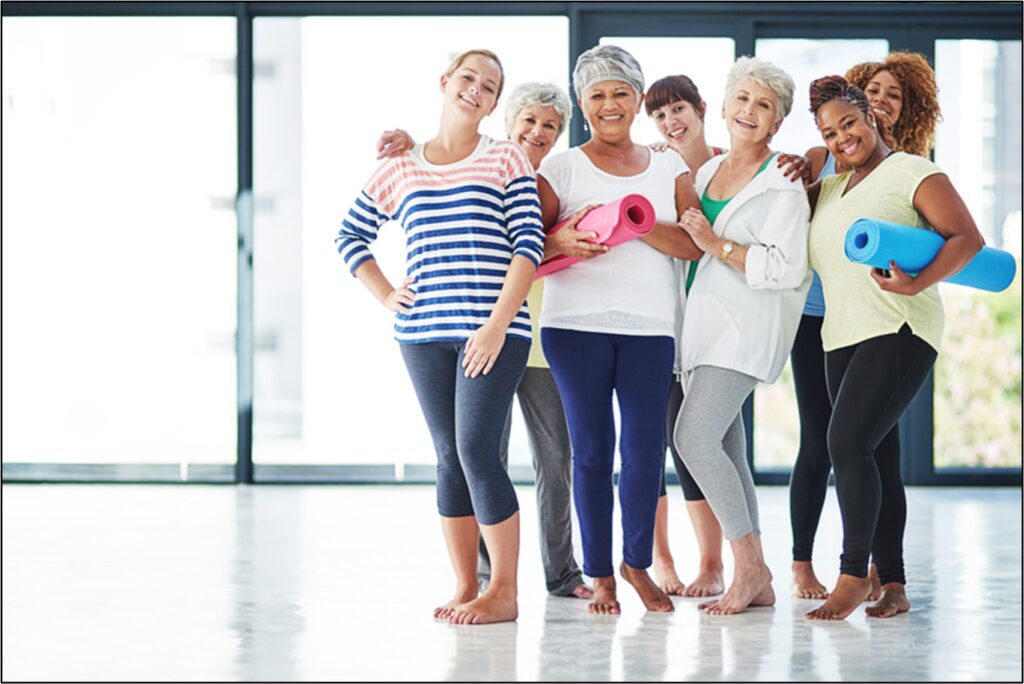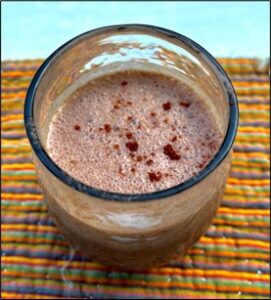

Science Shows the Benefits of Exercise on Brain Health
- by Life Priority
- No Comments
- Post Views: 41

Here’s further proof that exercise is good for us, body and brain alike.
In recent months, research has been published showing that exercise is the “top theoretical treatment” for Alzheimer’s disease, jibing with previous research about how it fights dementia.
Moderate physical activity among mature women helps lower the risk of cognitive impairment and dementia – again supporting the growing body of evidence that says physical exercise is also among our best defenses against losing mental health.
And in February, researchers at the University of South Australia published findings that show exercise is 1.5 times more effective than counseling and top medications in managing depression.
So, just look at these three examples, and ask yourself:
- Would I rather exercise regularly to prevent Alzheimer’s disease – or do nothing?
- Would I rather exercise regularly to improve cognitive ability as I mature – or do nothing?
- Would I rather exercise to relieve depression – or rely on pills?
With Mental Health Awareness month observed every May, it’s a great time to remember all the powerful reasons we must exercise regularly as we continue to mature.
Yes, the physical benefits are important. Exercise keeps us at a healthy weight; manages blood pressure; prevents diabetes; and keeps us strong to function throughout our lifetimes, among many others.
All of that should be enough to get us all moving every day.
But we know it’s not enough for most older adults, who get no regular exercise — even as the US Surgeon General recently declared that loneliness and social isolation are as harmful as smoking cigarettes.
This was made worse by the pandemic. And it’s even more pronounced for people over 50, since many have lost partners, no longer work, and don’t maintain a vibrant social life.
‘Research has showed that loneliness and isolation are linked to sleep problems, inflammation and immune changes in younger adults,” CNN reported. “In older people, they’re tied to symptoms such as pain, insomnia, depression, anxiety and shorter life span. In people of all ages, they may be associated with higher risks of heart disease, stroke, diabetes, addiction, suicidality and self-harm, and dementia.”
It all adds up, and the role of fitness can’t be underestimated in maintaining mental health.
“According to the World Health Organization, one in every eight people worldwide (970 million people) live with a mental disorder,” the researchers wrote in Science Daily.
“Poor mental health costs the world economy approximately $2.5 trillion each year, a cost projected to rise to $6 trillion by 2030. In Australia, an estimated one in five people (aged 16-85) have experienced a mental disorder in the past 12 months.”
We believe in the power of physical exercise to maintain mental health, brain health, mood, and social interaction.
We believe in all of this because we see it improve the lives of our members every day in ways big and small.
Regular exercise is good for us – body, mind and spirit.
You really don’t need any more research to see that. So don’t wait any longer. Come see us today, and let’s get moving!
3 Questions With… How an Artist Stays in Fit Form

Karen Adams, 63, is an art teacher who works hard to stay in good shape. How and why does she do it?
Q: What’s unusual but helpful about your workouts?
A: “I have predictable inconsistencies in my workout schedule. For 4 or 5 weeks, I will work out with my trainer twice weekly, do the elliptical machine 3-4 times a week, and take my dogs on brisk walks 4-5 days a week. But interruptions inevitably happen. I always get back in the groove as soon as possible.”
Q: What does working out regularly do for you in daily life?
A: “I am a professional artist. I draw, paint, sculpt and teach drawing class. My work is physically demanding: moving around easels, bags of clay, large props. The older I get, the more adamant I am about maintaining strength and flexibility. I know a lot about the body, but I’ve learned so much about specific muscles from my trainer.”
Q: What’s a story about your fitness surprising someone?
A: “I can’t help it — I’m as vain as they come. There is no doubt in my mind that a lifetime of being involved in physical fitness has contributed to my youthful appearance. I’m pleased when someone is surprised at my age. And my favorite anecdote came from my son’s 25-year-old girlfriend when she was following me up the stairs, said, ‘My gosh, Karen, you have a really nice bottom!’”
Healthy Recipe, Vegan Cacao Chile Smoothie

We all know cocoa for the chocolate-y goodness it brings to brownies and other treats. Cacao products — which include unsweetened cocoa powder, nibs, and dark chocolate — are rich in iron and other nutrients. Those labeled “cacao” and sometimes “vegan chocolate” are made from the raw bean and are minimally processed. To reap its maximum antioxidant power, cacao is best consumed uncooked, as in this rich-tasting smoothie adapted from “Trejo’s Cantina” by Danny Trejo (Potter, $28). Blended with potassium-rich bananas, nut milk, peanut butter, and dates, it’s low in sugar and fat and high in protein. A big pinch of ancho chile powder adds a hint of smoky spice. — Susan Puckett
Ingredients
- 12 ounces (1 ½ cups) unsweetened vanilla almond milk
- 1 banana, peeled, broken into chunks, and frozen
- 1 pitted date, roughly chopped
- 1 tablespoon peanut butter or other nut butter
- 1 tablespoon unsweetened cacao (or unsweetened cocoa) powder
- ½ teaspoon ancho chili powder
- 4 ice cubes
Instructions
- In a blender, combine the milk, banana, date, peanut butter, cacao powder, chili powder, and ice cubes. Blend until smooth and frothy.
- Pour into a tall glass and serve immediately.
Article Credit Jay Croft, creator and owner of Prime Fit Content.
Susan Puckett is a cookbook author and former food editor of The Atlanta Journal-Constitution. Follow her at susanpuckett.com.
Sign up for emails from OneHeartNetwork.com:
By providing your email address, you are agreeing to our privacy policy.
RECOMMENDED




